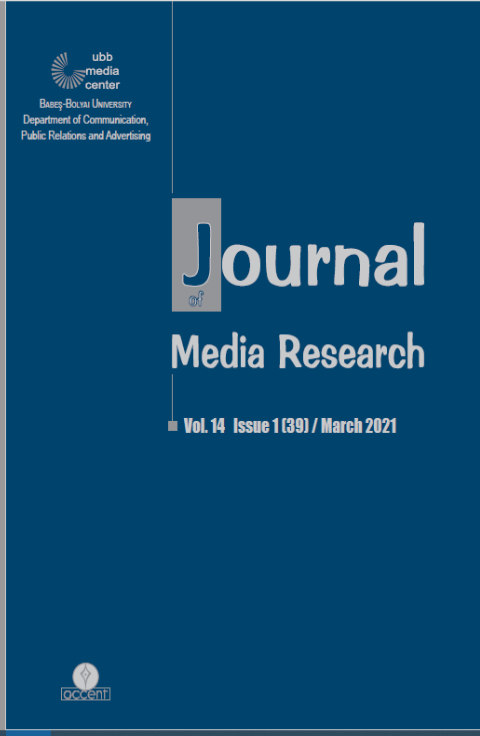How are Kawaii (Cute) Fictional Characters Used in Japanese Advertising
How are Kawaii (Cute) Fictional Characters Used in Japanese Advertising
Author(s): Oana Maria BîrleaSubject(s): Social Sciences, Communication studies
Published by: Accent Publisher
Keywords: Japanese; Kawaii; Cute; Advertising; Fictional characters;
Summary/Abstract: This article aims to explain the use and role of cute, adorable characters in Japanese advertising. Kawaii culture or the “culture of cute” has become known worldwide mainly because of Hello Kitty, the cat which led the “pink globalization”, as Yano (2013) states. In this paper we have attempted to reveal the symbolism of these apparent meaningless cute signs and characters. Starting from Hofstede’s theory of cultural dimensions (2001, 2003, 2010), which shows how a society’s culture influences the values of its members, we intended to show how are these kawaii characters used in Japanese advertising and how they fit cultural specifics. Used either in non-commercial, educational or commercial advertising, cute personae can make the target audience feel more comfortable, secure and cooperating (Murakami, 2005). In this paper we have discussed the role of three iconic characters: the emblematic Hello Kitty, Kumamon, the lovely bear created by the government of Kumamoto Prefecture (Japan), and Gudetama, a lazy egg yolk produced by the Japanese company Sanrio in 2014. The selected characters reflect different types and personalities and each of them serves a specific purpose, but via the analysis conveyed we conclude that perhaps their main aim is to persuade and create a long-term relationship with the public.
Journal: Journal of Media Research - Revista de Studii Media
- Issue Year: 14/2021
- Issue No: 39
- Page Range: 55-78
- Page Count: 24
- Language: English
- Content File-PDF

